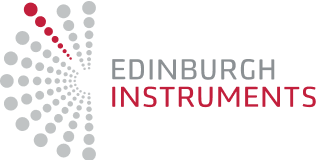Spectral SchoolIR and Raman spectroscopy are two complimentary vibrational spectroscopy techniques. How to choose which one to use? Our Spectral School article explains how to tell if your samples are better suited to Raman or IR spectroscopy and why.
Spectral SchoolFluorescence lifetime is an important photophysical parameter, providing insights into the energy relaxation and dynamics of the species under study.
Spectral SchoolLearn more about the differences between molecular absorption, excitation and emission spectra in this latest blog post.
Spectral SchoolLaser Induced Fluorescence (LIF) is an optical spectroscopic technique where a sample is excited with a laser, and the fluorescence emitted by the sample is subsequently captured by a photodetector. LIF can be understood as a class of fluorescence spectroscopy where the usual lamp excitation is replaced by a laser source. Find out more.
Spectral SchoolKasha’s Rule is named after the American molecular spectroscopist Michael Kasha and is one of the main principles in fluorescence spectroscopy. This article explores the results of Kasha's seminal paper “Characterization of Electronic Transitions in Complex Molecules". Learn more about this pioneer of fluorescence spectroscopy.
Spectral School Combining the spectral information from Raman spectroscopy with the spatial filtering of a confocal optical microscope for high-resolution chemical imaging of samples, find out more about Confocal Raman Microscopy.
Spectral SchoolResonance Raman spectroscopy is a Raman enhancement technique in which the laser excitation frequency is chosen to be close to the frequency of an electronic transition of the sample. Resonance Raman can enhance the Raman scattering intensity by a factor of 102-106 and improves signal-to-noise. Find out more.
Spectral SchoolWhich lasers do you need for Raman spectroscopy? Exploring the positives and negatives of the three laser regions used in Raman spectroscopy: UV, visible, and near-infrared, we review the considerations to be made for optimising a Raman system to your application needs!
Spectral SchoolPhoton upconversion is the sequential absorption of two or more long wavelength photons leading to the emission of a photon with a shorter wavelength.
Spectral SchoolIn the broadest sense a spectrometer is any instrument that is used to measure the variation of a physical characteristic over a given range; i.e. a spectrum. The most ubiquitous type of spectrometer used for research are optical spectrometers; and when someone simply says ‘spectrometer’, without an additional qualifier, they are usually referring to an optical spectrometer and this diverse








